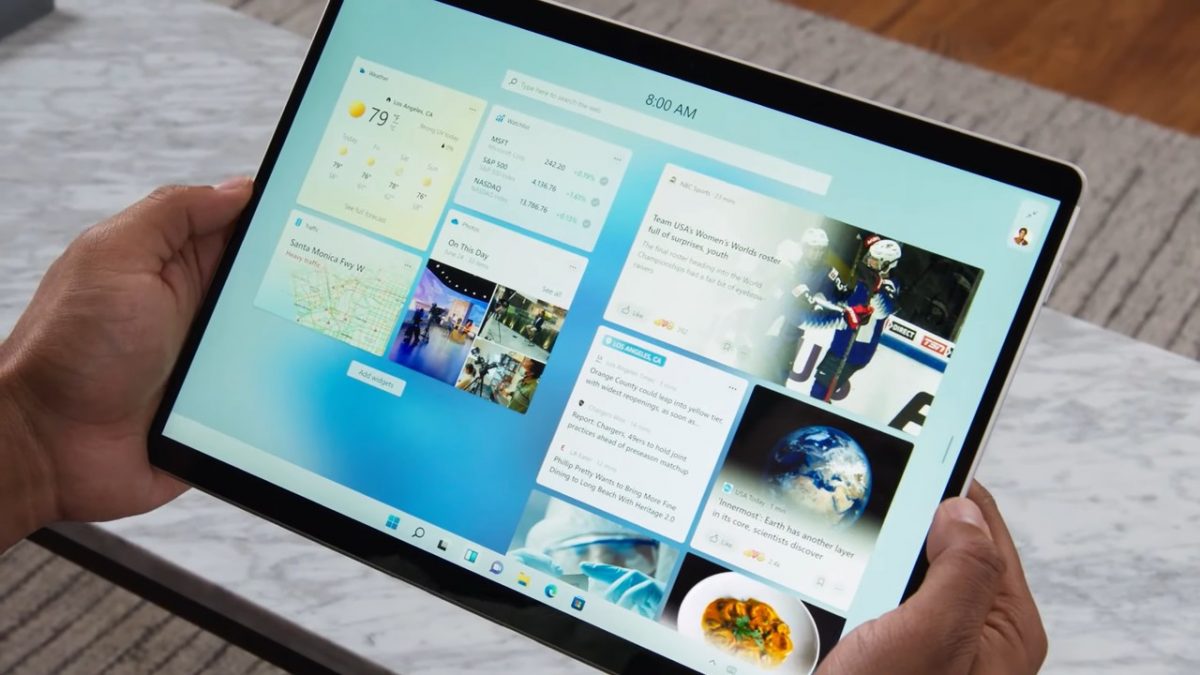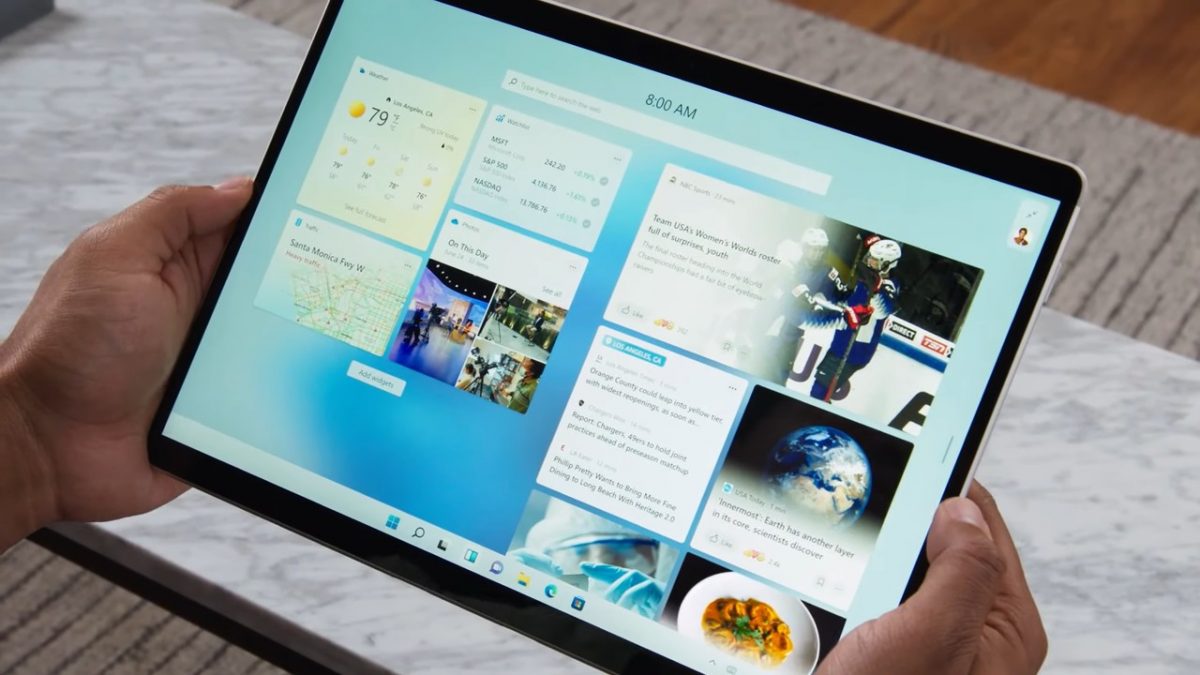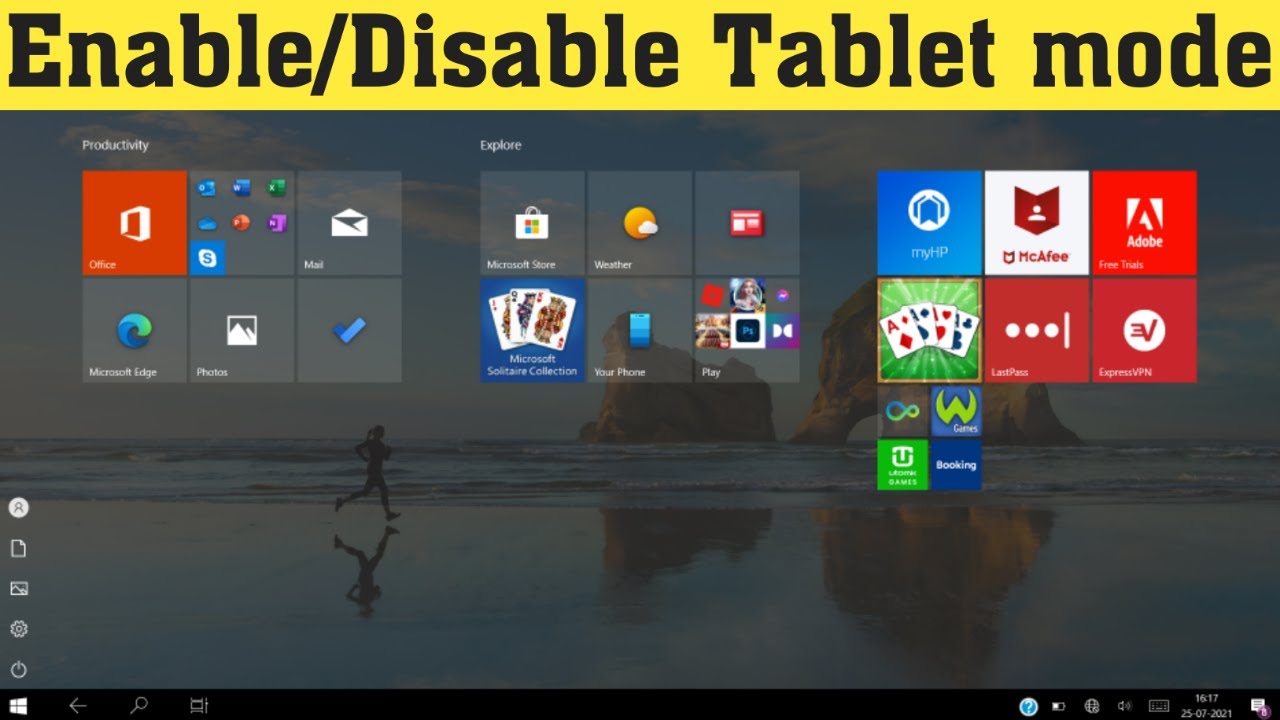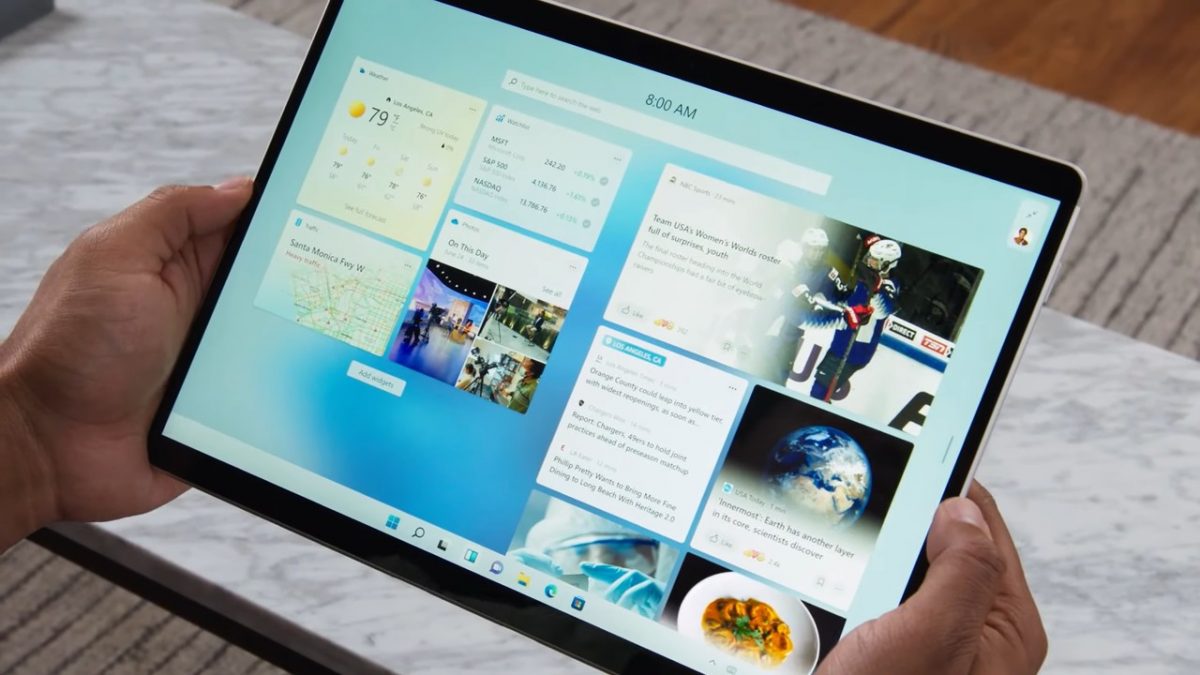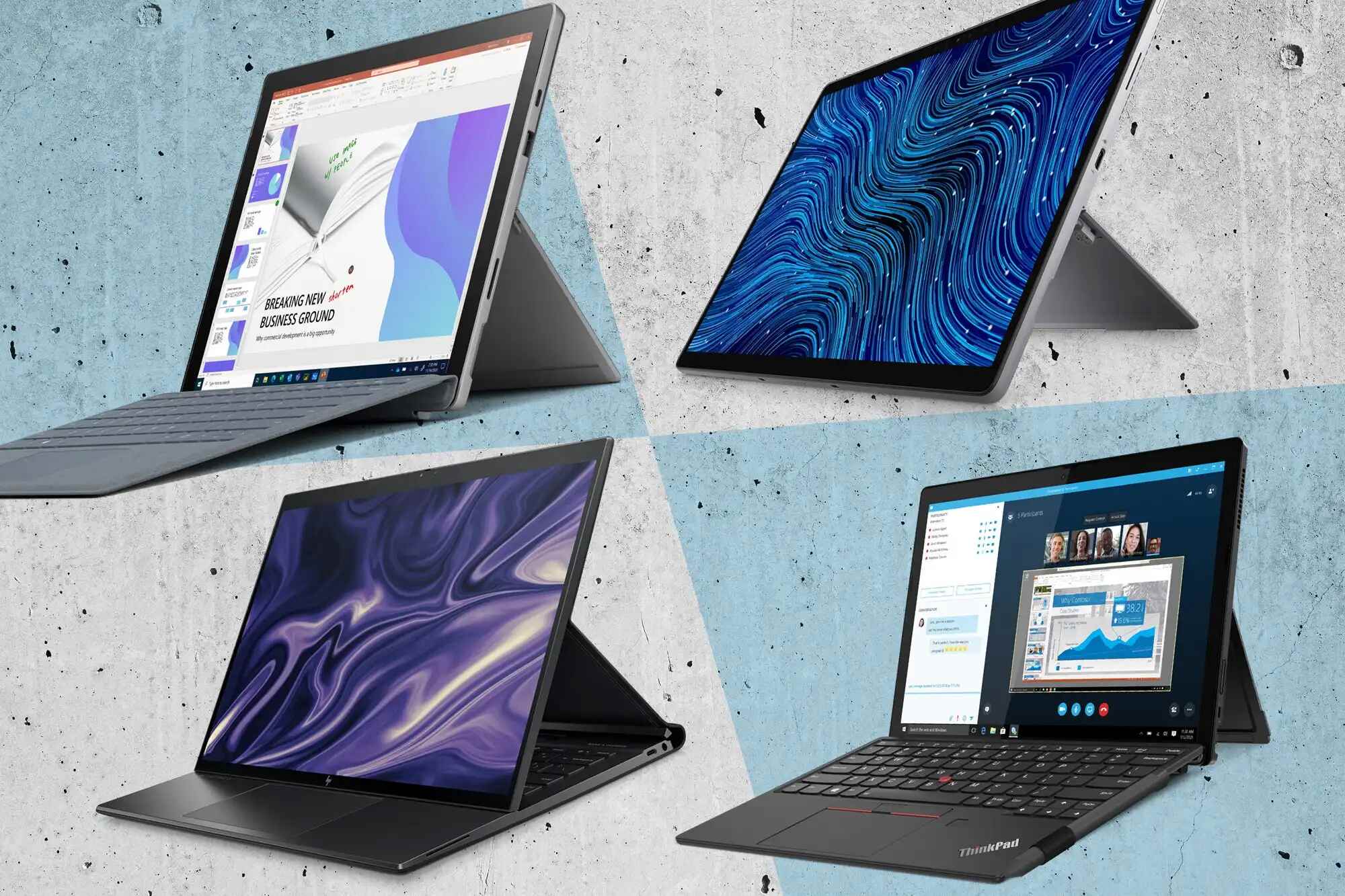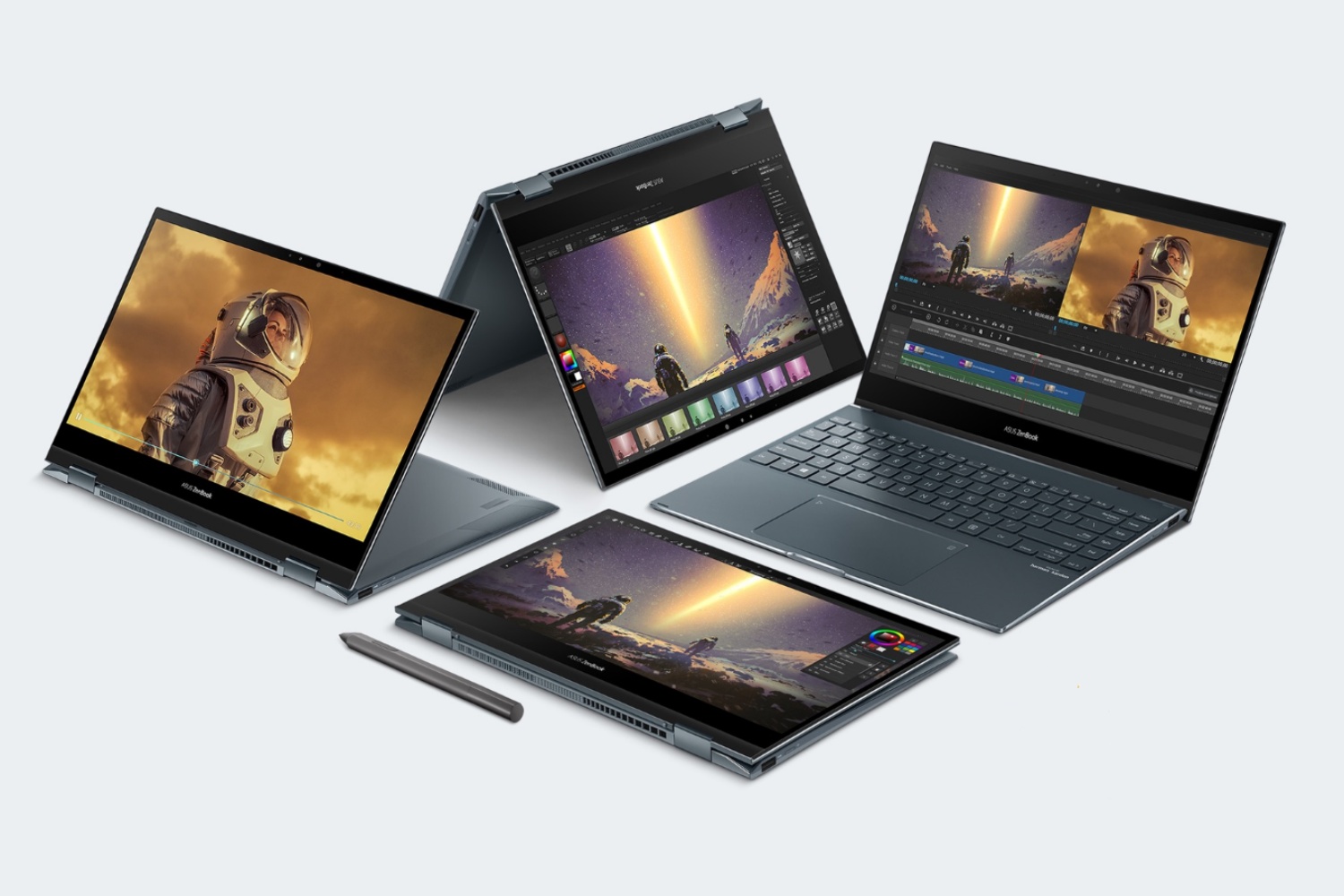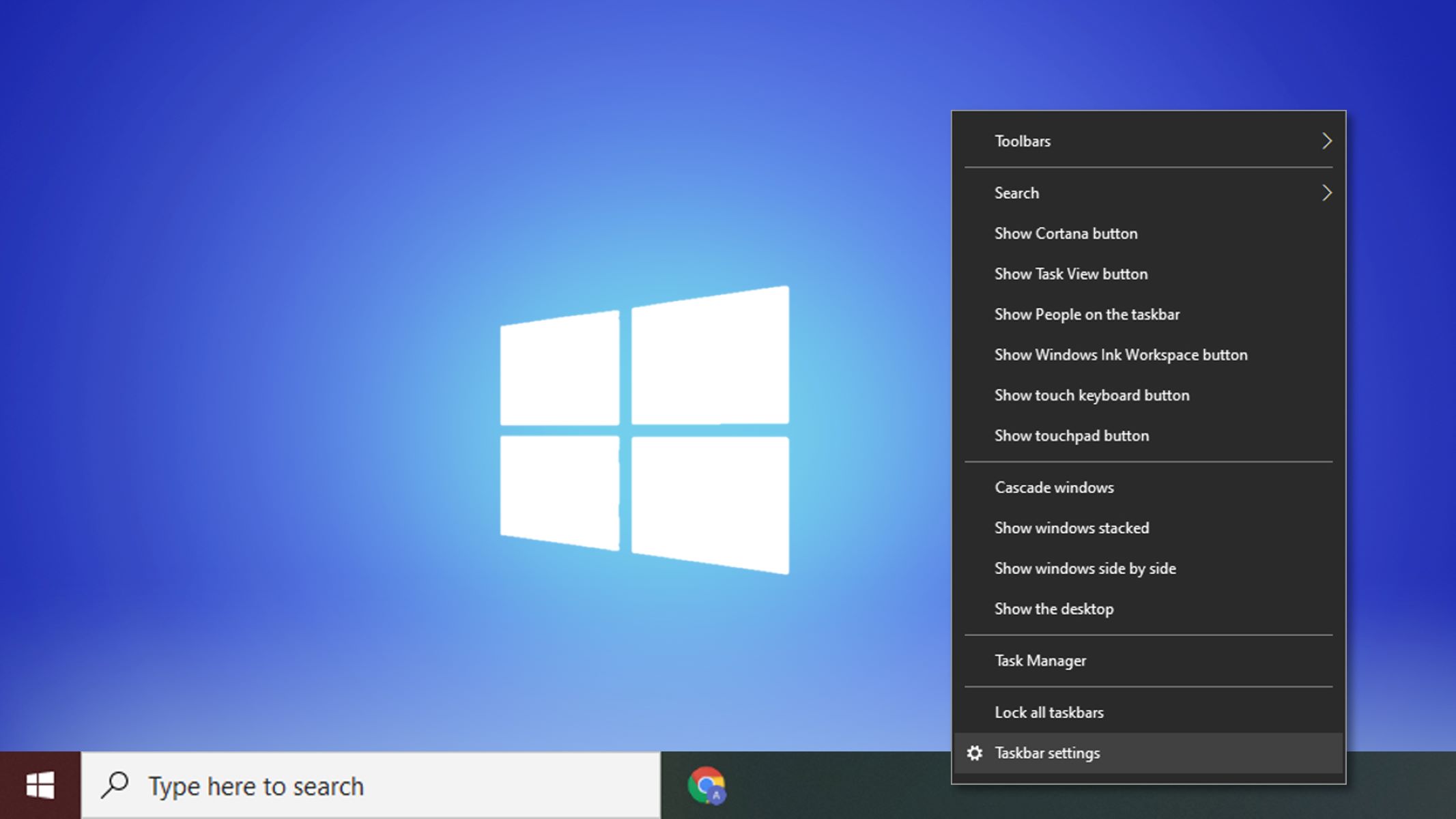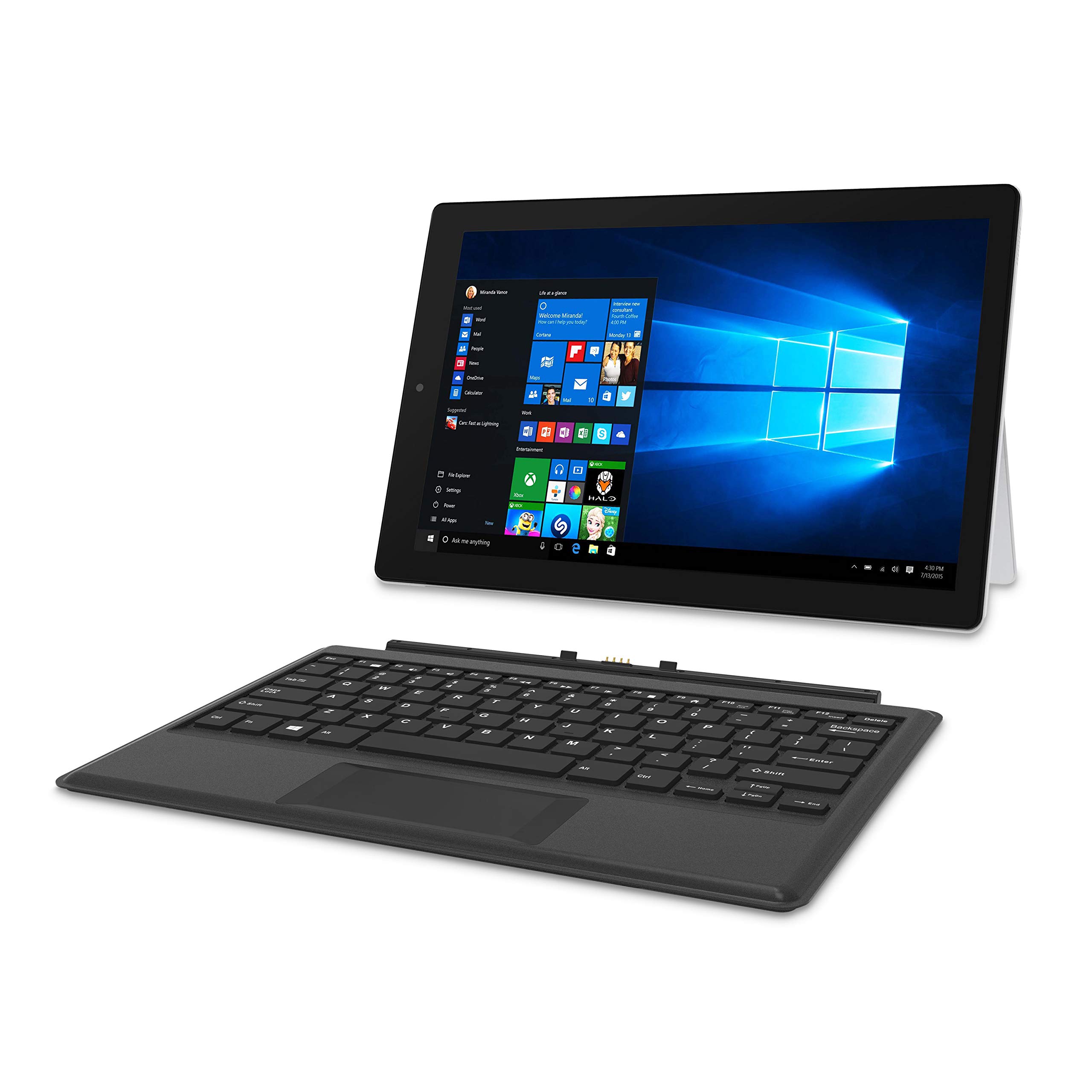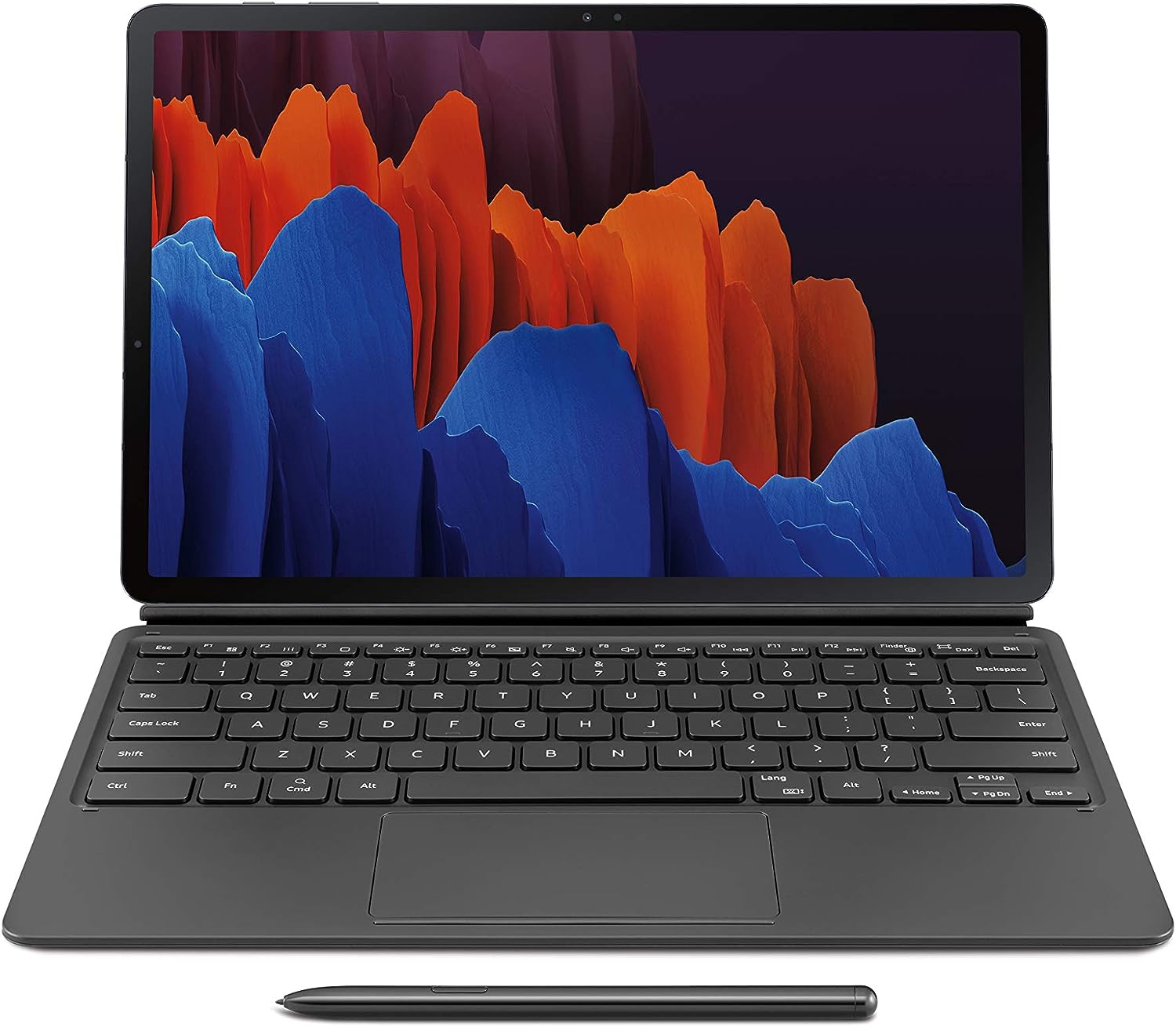Introduction
Tablet mode is a useful feature in Windows 11 that optimizes the user interface for touch-based devices, allowing for a more seamless and intuitive user experience. However, there may be instances where you want to disable tablet mode and switch back to the traditional desktop interface. Whether you prefer the familiarity of a desktop environment or need to use specific applications or features that are not compatible with tablet mode, turning off tablet mode in Windows 11 is a straightforward process.
In this article, we will walk you through several methods to turn off tablet mode in Windows 11. From using the Action Center and Settings app to accessing the Tablet Mode toggle in the Notification Center and disabling tablet mode via the Control Panel, we will cover all the steps needed to switch back to the desktop interface effortlessly.
Whether you own a 2-in-1 device that can transition between tablet and laptop modes or simply want to customize your Windows 11 experience, understanding how to turn off tablet mode is an essential skill. So, without further ado, let’s dive into the various methods you can use to disable tablet mode in Windows 11.
Method 1: Using the Action Center
The Action Center in Windows 11 provides quick access to essential settings and features, including the ability to toggle tablet mode on or off. Here’s how you can use the Action Center to disable tablet mode:
- Click on the Action Center icon located in the taskbar at the bottom right corner of your screen. Alternatively, you can press the Windows key + A to open the Action Center.
- In the Action Center, you will see a row of quick settings at the bottom. Look for the Tablet Mode button; it will be highlighted if tablet mode is currently enabled.
- Click on the Tablet Mode button to toggle it off. The icon will no longer be highlighted, indicating that tablet mode is disabled.
- Once you have disabled tablet mode, the interface will switch back to the traditional desktop mode, with all the familiar elements such as the taskbar and Start menu visible.
Using the Action Center to turn off tablet mode is a convenient method, especially if you frequently switch between tablet and desktop modes. It offers a quick way to disable tablet mode without the need to navigate through multiple settings menus.
Keep in mind that disabling tablet mode via the Action Center is a temporary change and will not affect the default mode settings. If you want to permanently disable tablet mode, you can use other methods that we will cover in the following sections.
Method 2: Using the Settings app
Another way to turn off tablet mode in Windows 11 is by using the Settings app. This method allows for more customization and advanced settings. Here’s how you can disable tablet mode using the Settings app:
- Click on the Start button in the taskbar or press the Windows key to open the Start menu.
- Click on the Settings icon, which resembles a gear, to open the Settings app.
- In the Settings app, click on the “System” category.
- In the left sidebar, select “Display & scale.”
- In the Display & scale settings, under the “More display settings” section, locate the “Tablet Mode” option.
- Toggle the switch next to “Tablet Mode” to the “Off” position.
- Once you have disabled tablet mode, the interface will automatically switch to the desktop mode.
Using the Settings app to disable tablet mode provides more control over various display and scaling settings. You can fine-tune your Windows 11 experience and customize the interface according to your preferences. Additionally, using the Settings app allows for more permanent changes to the tablet mode settings, making it a suitable method if you want to keep tablet mode disabled by default.
Remember, the exact location of settings in the Settings app may vary depending on your Windows 11 version. If you are having trouble finding the Tablet Mode option, use the search bar within the Settings app to quickly locate the relevant settings.
Method 3: Using the Tablet Mode toggle in the Notification Center
Windows 11 offers a convenient Tablet Mode toggle directly in the Notification Center. This method allows for a quick and easy way to switch between tablet and desktop modes. Here’s how you can use the Tablet Mode toggle in the Notification Center to disable tablet mode:
- Click on the Notification Center icon located in the taskbar at the bottom right corner of your screen. Alternatively, you can press the Windows key + N to open the Notification Center.
- In the Notification Center, you will see a row of quick settings at the bottom. Look for the Tablet Mode button; it will be highlighted if tablet mode is currently enabled.
- Click on the Tablet Mode button to toggle it off. The icon will no longer be highlighted, indicating that tablet mode is disabled.
- Once you have disabled tablet mode, the interface will switch back to the traditional desktop mode.
Using the Tablet Mode toggle in the Notification Center provides a convenient way to quickly switch between tablet and desktop modes. This method is especially useful if you frequently toggle tablet mode on and off and prefer to have easy access to the toggle in the Notification Center.
Keep in mind that disabling tablet mode using this method is a temporary change and will not affect the default mode settings. If you want to permanently disable tablet mode, you can use other methods mentioned earlier in this article.
Method 4: Disabling Tablet Mode via the Control Panel
If you prefer a more traditional approach, you can disable tablet mode in Windows 11 through the Control Panel. This method gives you access to more advanced settings and provides a permanent solution to turn off tablet mode. Here’s how you can disable tablet mode via the Control Panel:
- Right-click on the Start button in the taskbar or press the Windows key + X to open the Power User Menu.
- In the Power User Menu, select “Control Panel” to open the Control Panel window.
- In the Control Panel window, change the “View by” option to “Large icons” or “Small icons” if it is not already selected.
- Click on the “Tablet PC Settings” option.
- In the Tablet PC Settings window, navigate to the “General” tab.
- Under the “When this device automatically switches tablet mode on or off” section, uncheck the box that says “When I sign in” or “When this device automatically switches tablet mode on or off.”
- Click on the “OK” or “Apply” button to save the changes.
By disabling tablet mode via the Control Panel, you can ensure that the Windows 11 interface remains in desktop mode permanently. This method is particularly useful if you want to avoid any automatic switching between tablet and desktop modes based on device orientation or other factors.
Please note that the exact location and naming of options in the Control Panel may vary depending on your Windows 11 version. If you are having trouble finding the Tablet PC Settings, you can use the search box in the Control Panel window to quickly locate the relevant settings.
Conclusion
Turning off tablet mode in Windows 11 is a straightforward process that can be done through various methods. Whether you prefer the familiarity of a desktop interface or need to use applications that are incompatible with tablet mode, disabling tablet mode allows you to customize your Windows 11 experience to suit your preferences.
In this article, we explored four different methods to disable tablet mode in Windows 11. From using the Action Center and Settings app to accessing the Tablet Mode toggle in the Notification Center and disabling tablet mode via the Control Panel, you have learned how to switch back to the traditional desktop interface effortlessly.
The Action Center provides a quick and temporary solution, while the Settings app offers more customization options. The Tablet Mode toggle in the Notification Center provides a convenient way to switch between modes, and disabling tablet mode via the Control Panel ensures a permanent desktop mode experience.
Remember, understanding how to disable tablet mode is especially important if you own a 2-in-1 device or simply want full control over your Windows 11 interface. By following the methods outlined in this article, you can easily switch off tablet mode and enjoy the benefits of a traditional desktop environment.
Whether you want to work with more precise windows, use legacy applications, or simply prefer the functionality of the desktop interface, being able to disable tablet mode in Windows 11 gives you the flexibility and freedom to use your device the way you want.







